What is the difference between pickling and passivation?
Author: SAIVS Date Published: Jun 25,2023
What is the difference between pickling and passivation?
stainless steel castings will have a black scale during processing.
In order to improve the appearance and corrosion resistance, the processed stainless steel parts need to be pickled and passivated surface treatment!
During the processing of stainless Steel Castings, pickling and passivation is generally carried out at the same time.
Pickling is to remove rust and scale on the surface of stainless steel.
Passivation is the formation of a passive film on the surface of stainless steel.
In rust-free and clean condition. Protect the surface of stainless steel from corrosion.
Pickling can remove the oxide layer on the surface of the workpiece.
Passivation is the formation of a new chromium-rich protective layer on the surface of the workpiece.
If it is not treated after pickling, it tends to be more prone to rust.
After passivation, the anti-oxidation ability can be greatly improved.
What Is Pickling?
Pickling is a metal finishing process that used to remove impurities.
Such as rust, scale, and oxide layers, from the surface of a metal.
It is commonly used on steel and other ferrous metals.
The process involves immersing the metal in an acidic solution.
And hydrochloric acid, which reacts with the impurities and dissolves them away.
Done before other metal finishing processes such as painting or plating.
The process is usually carried out at high temperatures.
And for a specific duration in order to achieve the desired results.
Advantages and Disadvantages of Pickling
Advantages of Pickling:
Removes impurities
Improves adhesion
Enhances appearance
Increases corrosion resistance
Cost-effective
Disadvantages of Pickling:
Environmental concerns
Health hazards
Risk of damage
Time-consuming
Limited application
What Is Passivation?
Passivation is a metal finishing process.
Used to protect the surface of metal from corrosion.
It is primarily used on stainless steel and other metals that contain a high amount of chromium.
The process involves immersing the metal in a solution of an acid.
Such as nitric acid, that reacts with the surface of the metal to form an oxide layer.
This oxide layer acts as a barrier to protect the metal from corrosion.
Passivation is done after other metal finishing processes.
Such as welding or polishing, too restore the corrosion resistance of the metal.
Advantages and Disadvantages of Passivation
Passivation is a metal finishing process.
Used to protect the surface of metal from corrosion.
It creates a passive oxide layer on the surface of the metal.
That acts as a barrier to protect the metal from corrosion.
Passivation has many advantages and disadvantages:
Advantages of Passivation:
Protects against corrosion
Improves surface finish
Enhances resistance to wear and tear
Cost-effective
Suitable for a wide range of metals
Disadvantages of Passivation:
Risk of damage
Environmental concerns
Limited effectiveness
Time-consuming
Requires specific conditions
What is the difference between pickling and passivation?
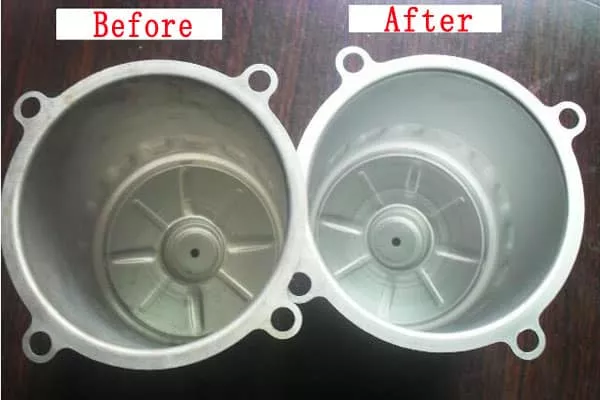
difference between pickling and passivation
Different in nature
1. Pickling: Use an acid solution to remove oxides and rust on the surface of steel or castings. It is a method of cleaning metal surfaces.
2. Passivation: The metal is oxidized by a strong oxidant or electrochemical method.
Making the surface an inactive state. That is the process of passivation state.
Principle is different
1. Pickling: Generally, the workpiece is immersed in an aqueous solution. Such as methionine to remove oxide and other films on the metal surface. It is the pretreatment or intermediate treatment of electroplating, enamel, rolling, and other processes.
2. Passivation: If the corrosion product produced by the metal under the action of the medium has a dense structure, a thin film (usually invisible) is formed. Tightly covering the metal surface will change the corrosion performance of the metal. The surface state of the metal makes the electrode potential of the metal jump to the positive direction. Becomes a corrosion-resistant passivation state.
The process is different
1. Pickling: hang stainless steel parts → chemical degreasing (conventional alkaline chemical degreasing or surfactant degreasing) → hot water washing → running water washing → first pickling → running water washing → second pickling → water washing → The next process (such as chemical coloring)→recycling→water washing→hardening treatment→water washing→sealing treatment→water washing→drying→finished product)
2. Passivation: Before pickling and passivation of stainless steel workpieces, if there is surface dirt, it should be cleaned mechanically. Then skim. If the pickling passivation solution cannot remove grease. The presence of surface grease will affect the quality of pickling passivation. For this reason, degreasing cannot be omitted. It can be cleaned with lye, emulsifier, and steam.
Stainless steel pickling passivation method:
According to the material of stainless steel and the severity of oxidation, it can be used as a stock solution. Or it can be diluted with water at a ratio of 1:1~4. Ferritic, martensitic and austenitic stainless steels with low nickel content. Such as 420, 430, 200, 201, 202, 300, 301, etc. are used after dilution.
Austenitic stainless steel with high nickel content (such as 304, 321, 316, 316L, etc.) is immersed in the stock solution. It is generally used at room temperature or heated to 50-60 degrees. Soak for 3-20 minutes or longer (the specific time and temperature are determined by the user according to their own trial conditions). until the surface dirt is completely removed. Until a uniform silver-white dense passivation film is formed. After processing, take it out, rinse it with clean water, and let it dry. Rinse with alkaline water or lime water for neutralization.
Stainless steel pickling passivation is generally treated with pickling passivation paste and pickling passivation solution. The pickling passivation paste is pickling and passivation at the same time. This changes the traditional pickling and passivation process.
The operation is simple, the construction is convenient, and the cost is low. Suitable for large-area painting operations. The pickling passivation solution is suitable for the immersion of small workpieces.
Why Choose SAIVS™ as Your Supplier?
1.Superb Quality Control Management
At SAIVS, we take pride in our perfect quality management systems and procedures, which guarantees the excellent performance of all our producs, being a professional Investment Casting | Die Casting| Sand Castingmanufacturer in China.
2.Rich Production Experience
With 20 years of experience in production, SAIVS has a deep understanding of the market and trends, and strives for continuous research and innovation. This has created advantages in both the product's performance and appearance.
3.Competitive Prices
As a Chinese factory committed to becoming the most cost-effective Investment Casting | Die Casting| Sand Castingexporter in China, SAIVS provides high-quality products at advantageous prices. By lowering costs and increasing efficiency, we ensure that our customers receive the best possible value for their investment.
4.Perfect After-sales Service
At SAIVS, we strive to provide superior customer service that meets and exceeds expectations. We are always available for any questions or concerns you may have, and we stand by our commitment to providing excellent after-sales support.
Related Posts
-
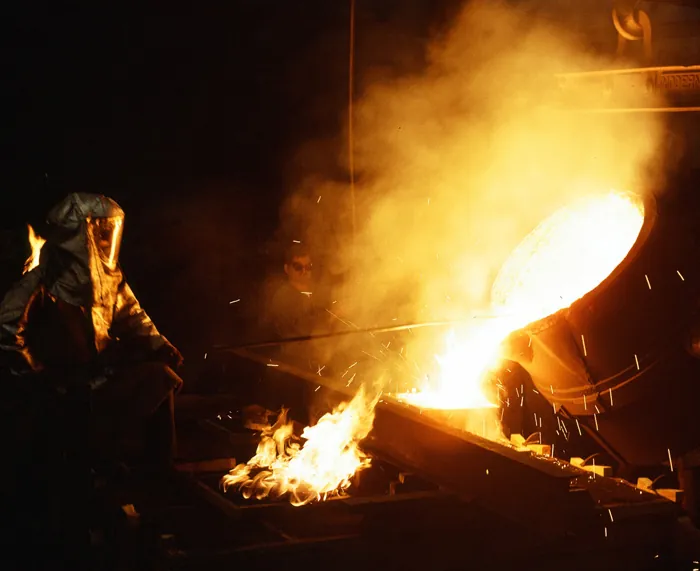
What Is Sand Casting And Its Process
What is sand casting?Sand casting is a metal casting process that uses sand to create the mold in which the metal is poured. It is the most common casting proce...
-
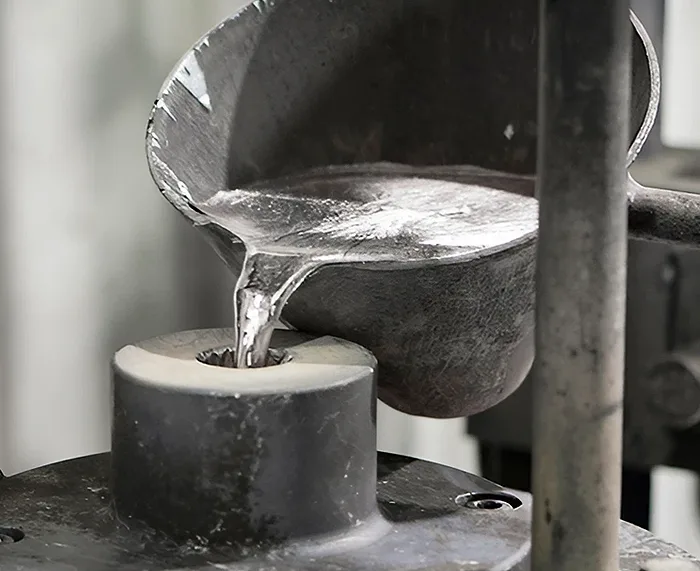
What is the process of gravity casting
What is Gravity Casting?Gravity casting, also known as gravity die casting or permanent mold casting, is a casting process used to produce high-quality metal pa...
-
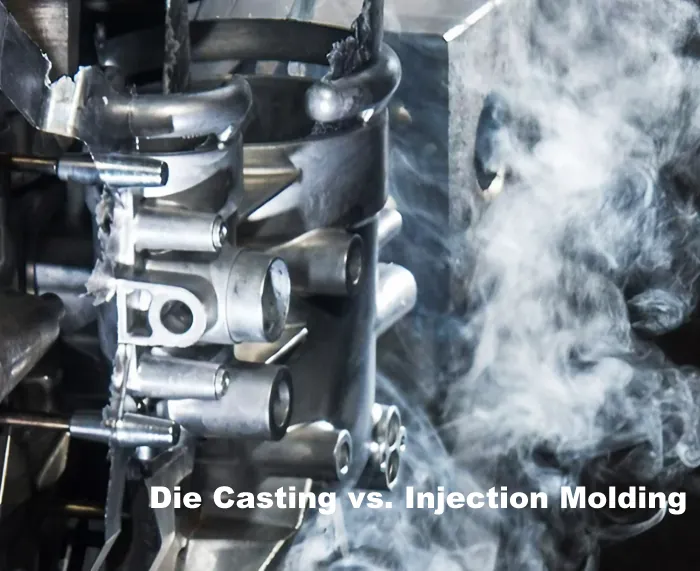
When to Choose Die Casting and When to Select for Injection Molding
Die casting vs Injection Molding: A detailed guide comparing these manufacturing processes for metal & plastic parts.
-
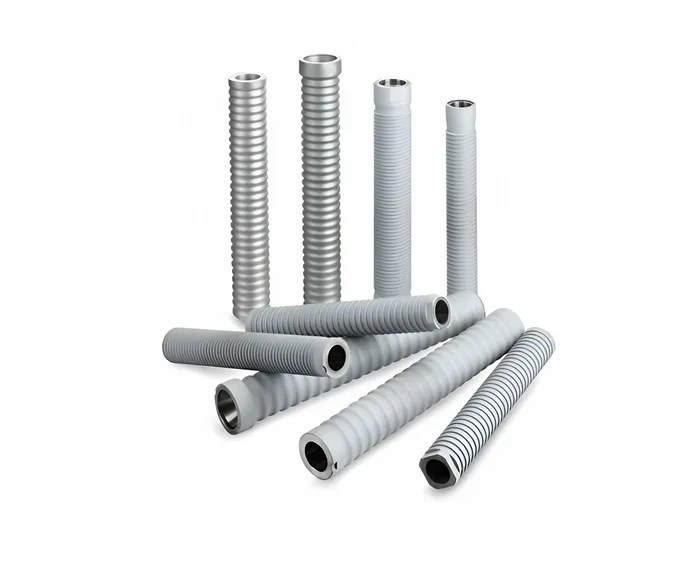
The role of bearings in wind turbines
What is Wind turbines Wind turbines are machines that convert the kinetic energy from wind into electrical energy, thus making it possible to generate power...
-
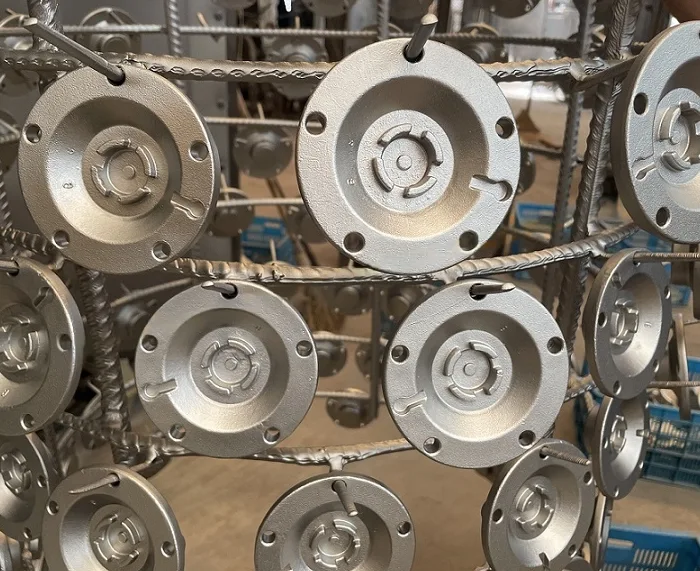
3 Casting Types of Corrosion Resistant Metals
In the world of metal casting, different metals and alloys have varying resistance to corrosion. Selecting the perfect material for your project is a critical d...
-
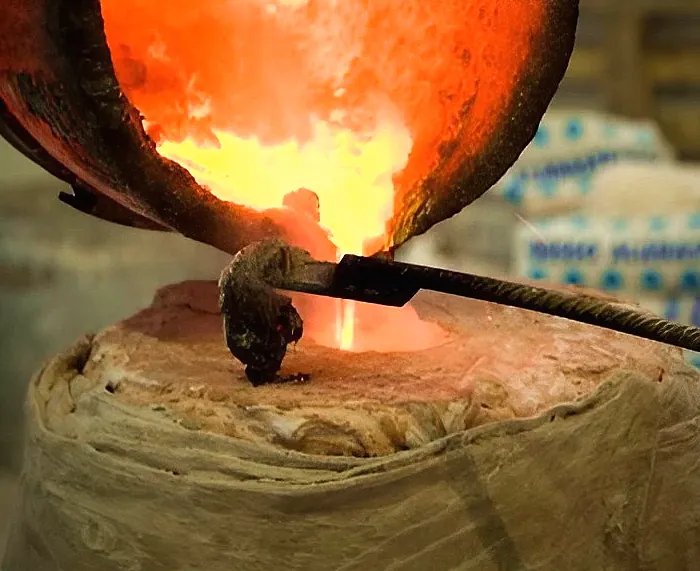
Unlocking Diversity: 3 Types of Sand Molds Commonly Used in Sand Casting
Learn about the 3 main sand molds used in sand casting.

